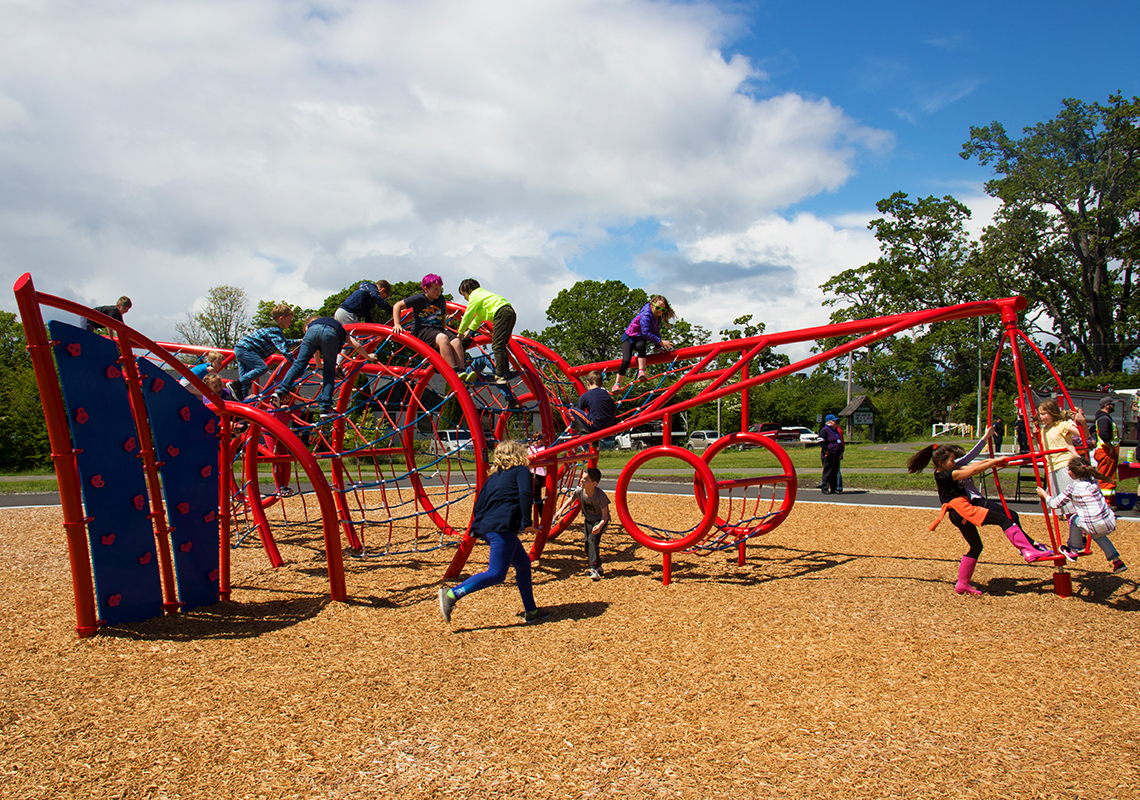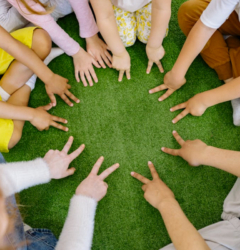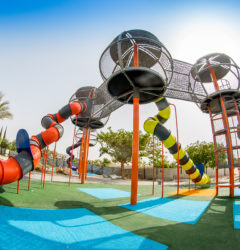24 Aug

Being able to share or understand the emotions and feelings of another person doesn’t always come easy. The concept of empathy and learn how to apply empathy develops from watching others and experiencing how others empathize with us. Children who grow up in an empathetic environment are more likely to develop trusting, and secure attachments. When we model those values, our children are more likely to adopt them as their own, therefore building on that empathy loop that we all need in our lives. Empathy creates empathy.
You may sit back and ponder how to teach empathy. It feels like something that doesn’t have an instruction manual, by any means. However, researchers have found that the steps to showing empathy follow a distinct process:
- Feeling the emotions of another person – if you feel sad, it makes me sad
- Logically thinking about another person’s perspective – put yourself in their shoes to help – feeling sympathy, and then modeling empathy
One of the simplest ways this can be accomplished is by reading. For younger children, picture books can be an ideal way to model empathy. Asking questions along the way like, “how do you think they feel?” when a character is displaying emotions, or “what could we do to help” when a character is showing an apparent struggle. Fictional characters offer a great way to explore feelings and how the minds of others may work. Pointing out facial expressions or postures can help them identify with the physical ways people show emotions. You can turn it into a game by making facial expressions and having your child guess what emotion you’re showing.
Pretend play can also a different way to build empathy between peers and friends. Whether during playdates, recess, or meet-ups at the playground, role-playing games provide practice for putting themselves in other people’s scenarios and life experiences. Since children tend to see empathy modeled by adults, playground or free play role-playing provides a child-to-child empathy model. Encouraging your child to invite the lone child at the playground to play is a great way to start the process and then hand it back off to the child.
Seizing everyday moments to talk about and model empathy can look like ‘people watching’. A picnic in the park with your children, while watching what others are doing, and having conversations about it can open the door to casual chats about how others feel. These conversations help kids to think about what other people feel, think, want, and need. That, then, develops into situations like seeing a neighbour struggle with grocery bags and offering to help. Involving the child in helping can eventually lead to the child reaching out on their own to help others. Practice what you preach!
It all feels so simple, yet it’s often stuff that goes without mention and we miss the teachable moments.
Teaching a child to wait their turn for the slide at the playground can teach patience, and sharing, but it also is the perfect time to say something like, “Wow, Meghan must be very excited that it’s her turn for the slide”.
Help set the foundation for empathy during play by encouraging the child-to-child model of empathy. When a child sees a difference between themselves and an adult, they make right that off an age thing. But when they see a peer acting a certain way, or expression a different opinion, it can help them begin to understand the subtle differences in life and friendship. For example, when a child sees their friend sitting out during gym class, they may learn it’s because they are having difficulty breathing because of their asthma, or if a child has a fear of the slide, they may learn to see the fun in it by watching their friends joyfully slide down it. The key to building all these empathy skills and behaviours is to create a sense of right and wrong, a sense of morality, that depends on a child’s internal factors like self-control versus making it based on external rewards or punishment. We should want to help for the sake of helping, not because we are going to get a new toy to play with or we will be grounded if we don’t.
With guidance, children can learn to express healthy emotions and offer empathy along the way to build healthier relationships. To pause and ask yourself, “How must it feel to be in their situation?” can make our world a more caring, compassionate, and empathetic place as our children grow up.









Follow Dynamo Playgrounds